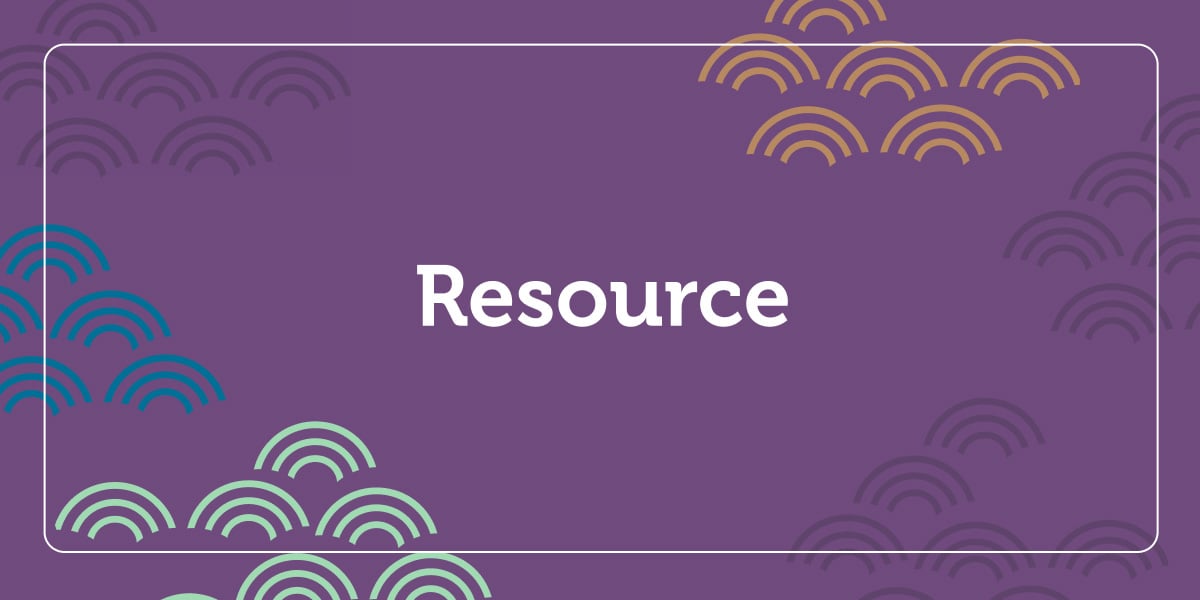September is National Preparedness Month in the United States. Whether you are preparing for a natural disaster or emergencies that can happen unexpectedly, it is important for your staff to know what to do in case something happens. If you have a small staff, it can be hard to have one person designated to deal with disaster readiness, so we've got a few tips from Preparing for Disaster: What Every Early Childhood Director Needs to Know by Cathy Grace and Elizabeth Shores to help you inform and train your staff about their shared responsibilities!
Promote resilience in children.
Make sure to provide a primary caregiver for each child so that children are able to build a strong and trusting relationship, which can help them develop the resilience to cope with traumatic experiences. Help the children to create friendships among the group, which helps develop empathy and social-emotional skills. The primary caregiver can also help them learn how to help others as well as themselves by demonstrating self-reliance. Make sure you manage your own personal stress, as well; a caregiver who does not manage her stress levels well can cause the children to become distressed.
Implement child-safety precautions.
Hold regular fire, tornado, and other emergency drills so children will be familiar with what to do when a disaster occurs.
Practice infection control.
Germs spread easily among little kids--we all know it! The staff should practice infection control by making sure that all staff members have their annual influenza vaccines. You can also encourage parents and caregivers to have their children (6 months+) vaccinated with the flu vaccine as well. And stay at home if you're sick! Practice regular infection control measures--lots of hand washing and disinfecting. Stay up to date with your state's licensing requirements for infection control measures.
Understand basic or advanced first aid.
Stipulations on the level of first aid training a caregiver should receive vary by state--make sure you are up to date on your state's licensing requirements and that all staff have the training that is required.
Shelter in place, assist with building evacuations, and assist with off-site relocations.
Know your facility's shelter-in-place locations, and make sure to escort children to these locations in case of an emergency. Teachers should create sets of child identity tags for the children in their classrooms. For evacuations, make sure the staff is familiar with evacuation routes in case of fire or other emergencies that require everyone to leave the building. During this, it is important to help the children cope with what is happening by staying calm and shielding children from scenes that they may find frightening or traumatizing--and always assure them that they will be safe.
Help children cope after disasters.
Children react to situations differently all the time--and after a disaster is an important time to help children cope. Teachers and staff have responsibilities in these situations: managing their own stress, providing a safe environment for children, providing outlets for children's expression, observing and recording signs of stress disorders in children, and participating in referrals to mental health professionals, if necessary.
For more in-depth discussions and staff guides on how to prepare for disaster, check out Preparing for Disaster: What Every Early Childhood Director Needs to Know by Cathy Grace and Elizabeth F. Shores.
Author(s)Elizabeth Shores, Cathy Grace
Brianna Blackburn
A graduate of Western Carolina University with a BA in English, Brianna served as a marketing and editorial Intern with Gryphn House in the Summer 2018.

